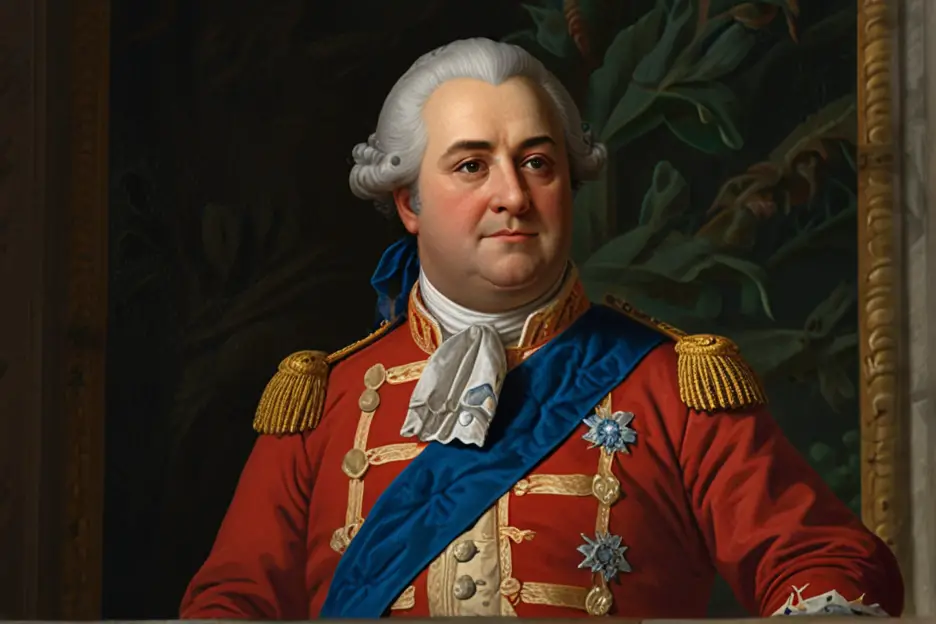
The French Revolution marked a pivotal moment in history, characterized by a diverse array of individuals and groups shaping its trajectory.
From monarchs wielding power to ordinary citizens advocating for their rights, this period was defined by profound transformation and societal upheaval.
In this article, we’ll delve into the lives of key figures who left indelible marks on the revolution and its aftermath.
Revolutionaries and Reformers

The French Revolution was marked by a number of key figures who played a crucial role in shaping its course.
These individuals were often motivated by a desire to reform society and create a more just and equal world.
King Louis XVI and Marie Antoinette
Louis XVI and Marie Antoinette, the monarchs of France during the revolution, faced mounting discontent as the revolution unfolded.
Their reign symbolized the excesses and inequalities of the monarchy, leading to widespread resentment among the populace.
Their eventual execution in 1793 marked a turning point, signaling the end of the monarchy and the dawn of a new era in French history.
- Read also: Liberty vs Equality: The French Revolution vs American Revolution
- Read also: Beyond Bastille Day: Exploring the French Vs Haitian Revolution
Marquis de Lafayette
Lafayette emerged as a prominent figure advocating for moderate reform during the early stages of the revolution.
Known for his role in the American Revolution and his close ties to George Washington, Lafayette initially championed the ideals of liberty and equality.
However, he grew disillusioned with the revolution’s trajectory and departed France in 1792, leaving behind a complex legacy of idealism and pragmatism.
Maximilien Robespierre
Robespierre rose to prominence during the Reign of Terror, a tumultuous period marked by violence and repression.
Despite his initial commitment to advancing the rights of the common people, Robespierre’s leadership became synonymous with authoritarianism and excess.
His fervent belief in the revolution’s ideals clashed with the brutal reality of his rule, culminating in his execution in 1794 and casting a shadow over his legacy.
Georges Danton
Danton played a pivotal role in the early years of the revolution, advocating for radical change and social justice. As a leading figure in the Committee of Public Safety,
Danton sought to consolidate the gains of the revolution while navigating the challenges of governance.
However, his political maneuvers and controversial decisions ultimately led to his downfall, culminating in his execution in 1794.
Despite his flaws, Danton’s contributions to the revolution left an enduring impact on French history.
Olympe de Gouges
Gouges was a trailblazing advocate for women’s rights amidst the turmoil of the revolution.
As a writer and activist, she challenged the prevailing gender norms and fought for equality and justice for women.
Gouges’s groundbreaking work, including the Declaration of the Rights of Woman and the Female Citizen, laid the foundation for future feminist movements and underscored the revolutionary ideals of liberty, equality, and fraternity.
Radicals and Reactionaries

The French Revolution was also marked by a number of key figures who played a crucial role in shaping its course.
These individuals were often motivated by a desire to radicalize the revolution and create a more extreme form of government.
Jean-Paul Marat
Marat’s fervent advocacy for the common people made him a central figure in the radical movement.
He passionately believed in the revolution’s mission to create a fairer society.
However, Marat’s approach sometimes turned violent, drawing both admiration and criticism.
Tragically, his life was cut short by assassination in 1793, turning him into a martyr for the revolutionary cause.
Jacques Hébert
Hébert, a leading voice among the sans-culottes, shared Marat’s commitment to radical change.
His fervor for the common people’s rights drove him to advocate for extreme measures.
Yet, Hébert’s uncompromising stance led to his downfall, ending in execution in 1794.
His story reflects the complexities of revolutionary zeal and its consequences.
Marie Tussaud
While not a political figure, Tussaud’s artistic endeavors captured the essence of the revolution.
Through her wax museum, she immortalized revolutionary figures, providing a visual narrative of the era’s upheaval.
Tussaud’s work serves as a poignant reminder of the human faces behind historical events.
The Girondists
The Girondists represented a moderate faction within the revolution, advocating for incremental change.
Their clashes with more radical factions, like the Jacobins, highlighted the ideological rifts within revolutionary circles.
Despite their initial prominence, many Girondists met their demise during the Reign of Terror, reflecting the revolution’s shifting dynamics.
Foreign Monarchs
Outside France, the revolution reverberated across Europe, unsettling established powers.
Foreign monarchs viewed revolutionary ideals with apprehension, fearing upheaval within their own realms.
Consequently, they intervened militarily, seeking to quell revolutionary fervor and safeguard their interests.
Yet, their actions only prolonged the conflict, shaping the continent’s trajectory for years to come.
- Read also: Ripple Effects: Understanding the Effects of the Revolutionary War
- Read also: Beyond the Battlefield: Unsung Heroes of the Revolutionary War
Conclusion
The French Revolution was a complex and multifaceted event that involved a wide range of individuals and groups.
From the monarchs who ruled France to the common people who fought for their rights, the revolution was a time of great change and upheaval.
In this article, we have explored the lives and legacies of some of the most influential figures of the French Revolution, including King Louis XVI and Marie Antoinette, Marquis de Lafayette, Maximilien Robespierre, Georges Danton, Olympe de Gouges, Jean-Paul Marat, Jacques Hébert, and Marie Tussaud.
These individuals played a crucial role in shaping the course of the revolution and leaving lasting legacies.


